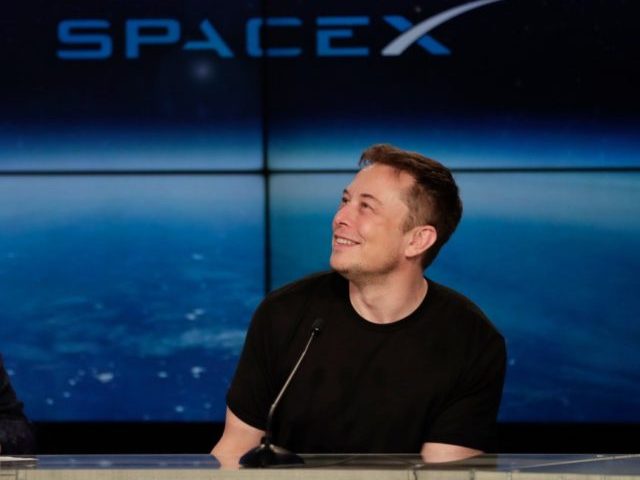SpaceX said a bug in its “on-call paging system” prevented it from better communication and subsequent coordination with the European Space Agency (ESA) to avoid a possible collision between two satellites orbiting Earth, according to a Tuesday-published report at the Verge. The ESA moved its satellite to avoid being hit by the SpaceX “Starlink” satellite.
The chance of collision was greater than 1 in 1,000, according to the ESA. “Typically, satellites make moves when there is a 1 in 10,000 chance of collision,” reported the Verge.
The ESA tweeted about its evasive maneuvers on Monday:
SpaceX, an aerospace manufacturer founded and headed by Elon Musk, launched 60 satellites in May as part of its Starlink project to provide wireless internet services. It plans to launch 12,000 in total, reported the Verge:
This particular scenario with ESA raises some concerns, since SpaceX’s probes are the first of nearly 12,000 internet-beaming satellites the company intends to put into a low orbit around Earth. The sheer size of the planned Starlink constellation has prompted many space experts to speculate how these vehicles might increase the chances of collisions in space. If satellites are already having to move out of the way of a Starlink satellite now, how often is this going to happen when there are thousands of these vehicles in orbit?
Another worry revolves around SpaceX’s decision not to move the Starlink satellite. ESA officials said that they did not have the best communication with SpaceX leading up to the maneuver, and that the agency ultimately made the decision on its own to move its satellite without SpaceX’s input. Initial reports claimed that SpaceX had “refused” to move the Starlink satellite, but SpaceX says the bad communication was not intentional and that a bug in the company’s “on-call paging system” prevented the Starlink team from getting additional email correspondence from ESA.
Matt Desch, CEO of satellite telecommunications company Iridium, described the ESA’s announcements as non-newsworthy via Twitter:
“SpaceX is still investigating the issue and will implement corrective actions. However, had the Starlink operator seen the correspondence, we would have coordinated with ESA to determine best approach with their continuing with their maneuver or our performing a maneuver,” said a SpaceX spokesperson via statement.
The ESA sought contact with SpaceX via email, Klaus Merz of the ESA’s Space Debris Office told the Verge. He noted that email is a suboptimal method through which to coordinate satellite navigation between operators, highlighting a preference for an automated artificial intelligence solution towards this end.
Follow Robert Kraychik on Twitter @rkraychik.

COMMENTS
Please let us know if you're having issues with commenting.